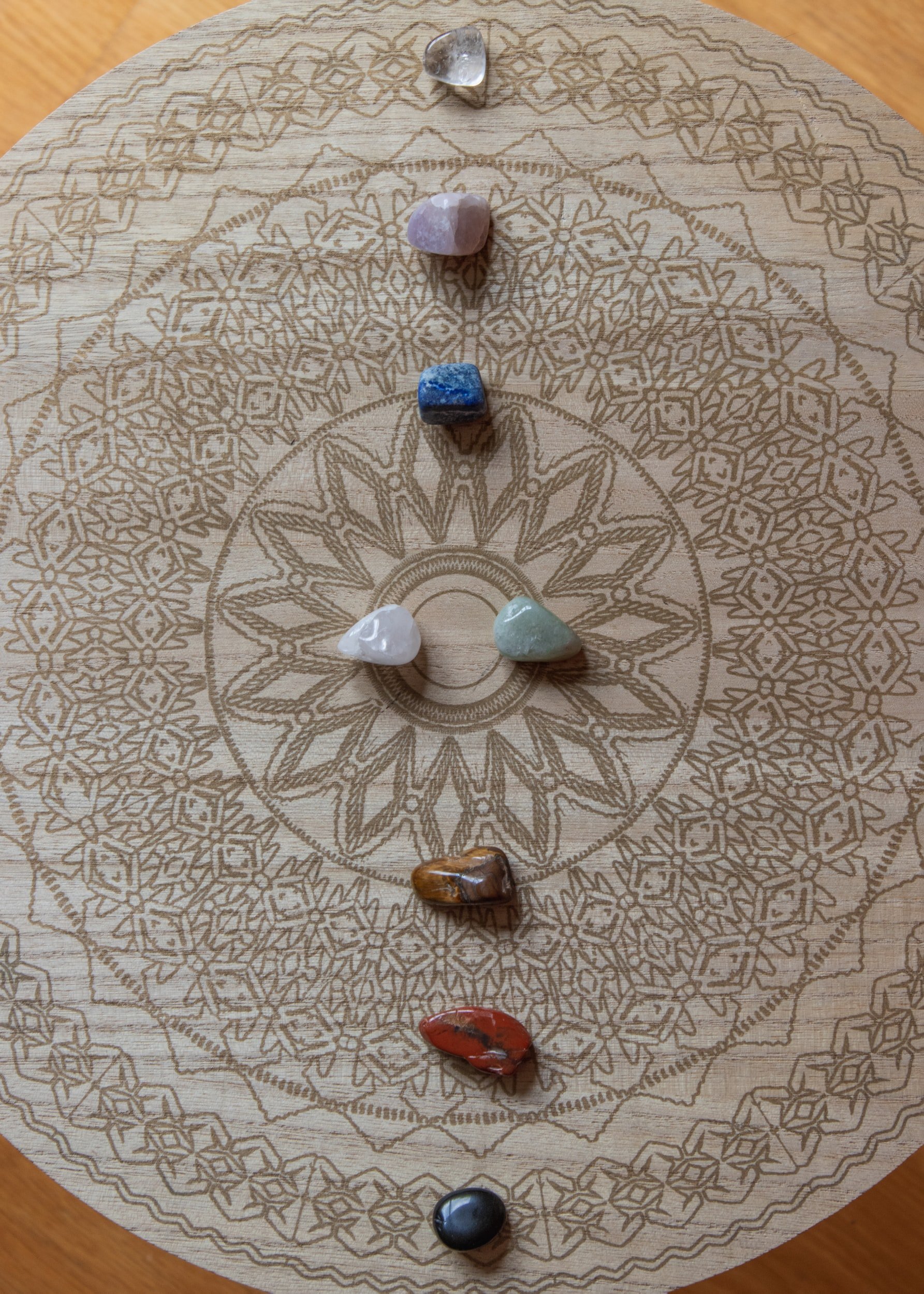Creating Alignment
Photo by: Susanna Marsiglia @sushimi
Creating alignment within the mind, body and home takes practice. Alignment is in constant movement, wherever your focus is, everything else in your environment shifts in that direction.
Alignment in the mind happens during meditation or when you stop a negative thought with a pivoting counter thought. Alignment in a literal sense for the body affects posture and organs while also reflecting your state of mind. If you’re depressed and slouched then your spine is curved and your organs are compressed. Standing straight with an imaginary string pulling from the top of your head, chin parallel to the floor, pelvis slightly tucked and weight evenly distributed on the feet will create automatic shifts in mood and joint pressure. Alignment in the home is effected by the placement of furniture and the arrangement of your favorite items that bring a sense of comfort mixed with safety. Now would be an appropriate time to take a deep breath, say your favorite mantra (use Sat Nam if you if your mind just went blank) correct your posture and walk around your home tidying up and adjusting items until they feel refreshed. Doing these three things are the mental and physical acts of creating alignment. Anytime you feel off, repeat these steps…oh and drink water too.
Here is a meditation for alignment


